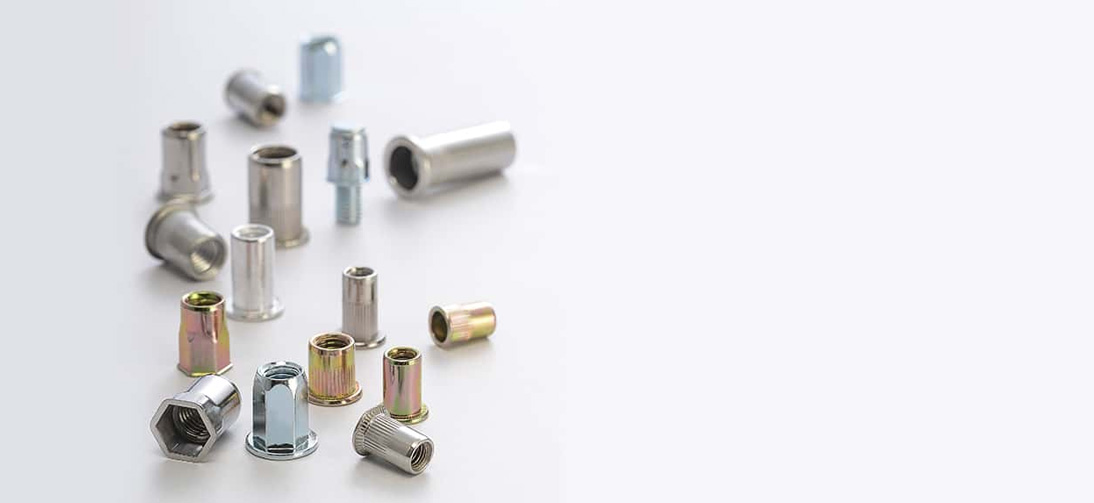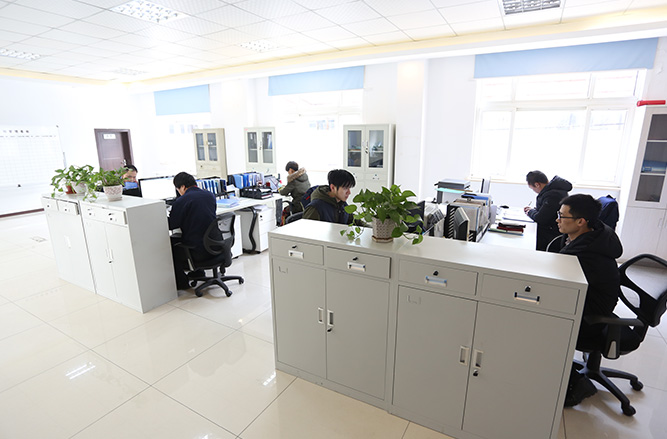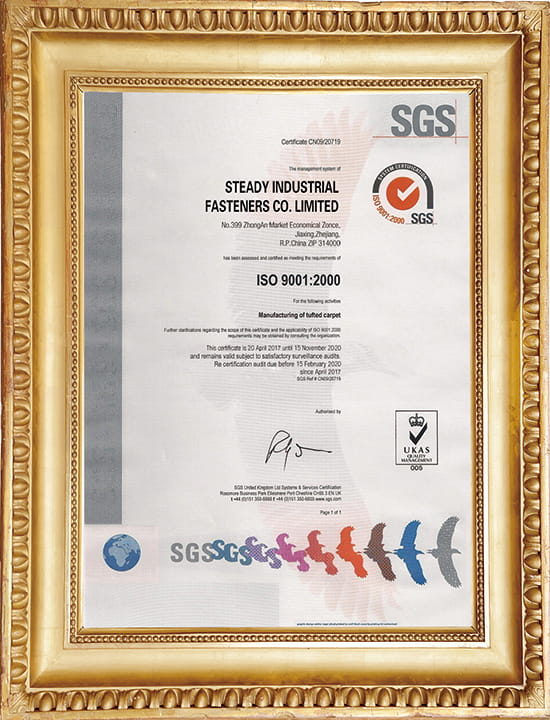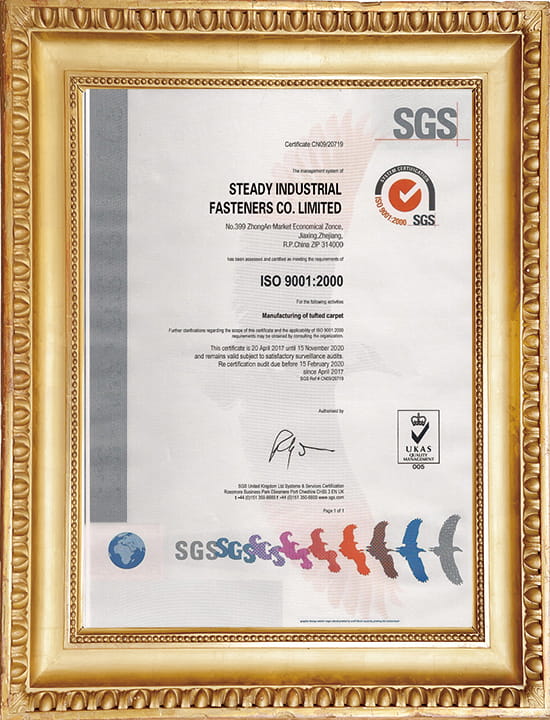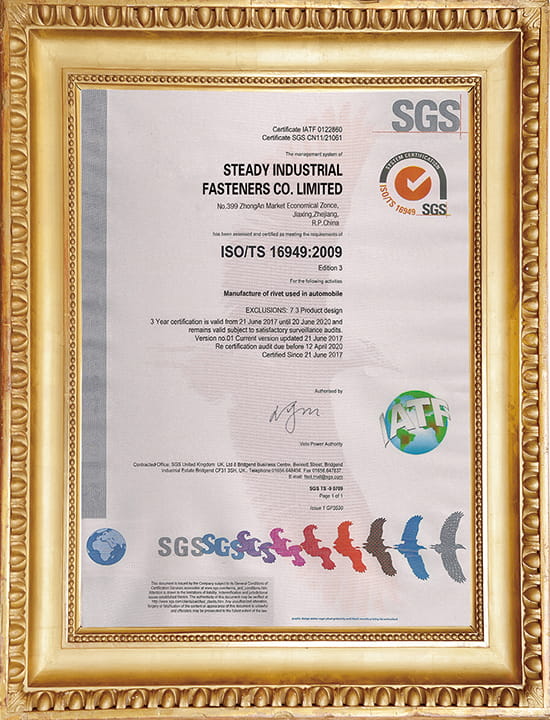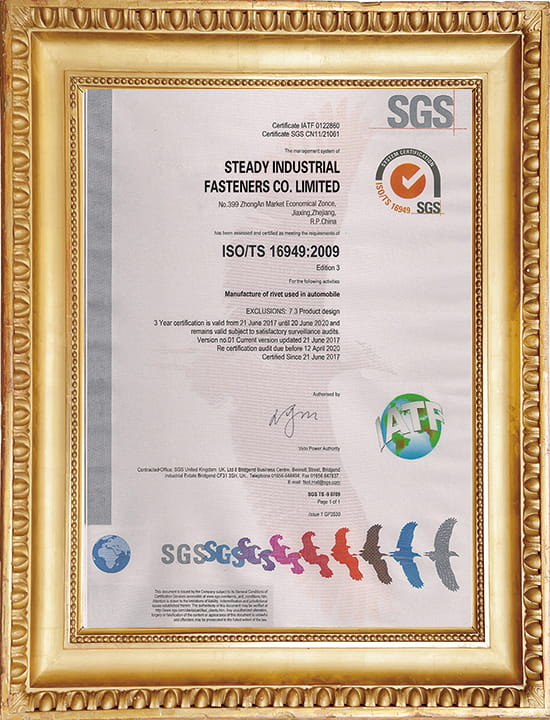Ipari ismeretek
Milyen előnyei vannak a vak szegecs diófélék használatának?
Számos előnye van a vak szegecs dióinak használatának, beleértve:
Hozzáférhetőség: A vak szegecs diófélék telepíthetők egy munkadarab egyik oldaláról, így ideálisak azokhoz az esetekben, amikor a másik oldalra való hozzáférés korlátozott vagy lehetetlen. Ez időt és erőfeszítést takaríthat meg az összeszerelés során, és csökkentheti a további szerszámok vagy berendezések szükségességét.
Erős markolat:
Vak szegecs diófélék Erős markolatú, és úgy tervezték, hogy egyenletesen elosztja a terhelést. Ez megbízhatóbbá és biztonságosabbá teheti őket, mint más típusú rögzítőelemek, különösen olyan alkalmazásokban, ahol a rezgés vagy más stressz aggodalomra ad okot.
Sokoldalúság: A vak szegecs diófélék sokféle anyaggal használhatók, beleértve a fémeket, műanyagokat és kompozitokat. Ez sokoldalú lehetőséget kínál különféle alkalmazásokhoz.
Könnyű telepítés: A vak szegecs anyák gyorsan és egyszerűen telepíthetők egy speciális szerszám segítségével, amelyet szegecs anya szerszámnak hívnak. Ez elősegítheti az időmegtakarítást és növelheti az összeszerelés hatékonyságát.
Költséghatékony: A vak szegecs diófélék gyakran költséghatékonyabbak, mint más típusú kötőelemek, különösen a hagyományos dió- és csavaros szerelvényekhez képest. Ez teszi őket költséghatékony opcióvá az alkalmazások széles skálájához.
Melyek a különféle típusú vak szegecs diófélék?
Számos különféle típusú vak szegecs anya áll rendelkezésre, amelyek mindegyike meghatározott alkalmazásokhoz készült. A vak szegecs dióinak leggyakoribb típusai a következők:
Szabványos vak szegecs diófélék: Ezek a leggyakoribb típusú vak szegecs diófélék, és sokféle alkalmazásra alkalmasak. Hengeres alakjuk van és egy réselt testük van a jobb tapadás érdekében.
Nagy karimás vak szegecs diófélék: Ezek nagyobb karimával rendelkeznek, mint a szokásos vak szegecs anyák, és szélesebb felületet biztosítanak a terheléseloszláshoz. Gyakran alkalmazzák azokat olyan alkalmazásokban, ahol erősebb tapadás szükséges.
Countersunk Blind Rivet Dió: Ezeknek van egy Countersunk feje, amely a munkadarab felületével ül, és sima felületet biztosít. Gyakran alkalmazzák azokat az alkalmazásokban, ahol a megjelenés fontos.
Csökkent szárú vak szegecs diófélék: Ezeknek kisebb a szárátmérője, mint a szokásos vak szegecs anyák, így ideálisak a vékony anyagokhoz való felhasználáshoz.
Zárt végű vak szegecs diófélék: Ezeknek zárt végük van, víz- és légmentességet biztosítva. Gyakran alkalmazzák azokat olyan alkalmazásokban, ahol a korrózióállóság vagy a vízállóság aggodalomra ad okot.
Csomagolt vak szegecs diófélék: Ezeknek van egy csere száruk, amely telepítéskor sugárirányban terjed ki, biztonságos markolatot biztosítva. Ezeket gyakran nagy stresszes alkalmazásokban használják.
Háromszoros vak vak szegecs anyák: Ezeknek három lába van, amelyek beépülnek, amikor telepítik, biztonságos markolatot biztosítva. Gyakran alkalmazzák azokat az alkalmazásokban, ahol a rezgésállóság fontos.
A megfelelő típusú vak szegecs anya kiválasztása az adott alkalmazáshoz olyan tényezőktől függ, mint a rögzített anyag, a szükséges erő és tapadás, valamint a kívánt kivitel.
Melyek a beillesztési diófélék általános alkalmazásai?
Helyezze be a dióféléket , más néven menetes betétek, általában különféle alkalmazásokban használják, ahol erős és megbízható menetes kapcsolatra van szükség. A beillesztési diófélék néhány általános alkalmazása a következők:
Bútorok szerelvénye: A dióféléket gyakran használják a bútorok szerelvényében, például a lábak rögzítését asztalokhoz vagy székekhez. Erős és megbízható menetes csatlakozást biztosítanak, amely képes ellenállni a rendszeres használat súlyának és feszültségének.
Szekrények és famegmunkálás: A diófélék beszúrása hardvereket és más alkatrészeket rögzíthető a szekrényekhez és a famegmunkálási projektekhez. Erős és biztonságos menetes csatlakozást biztosítanak, amely rendszeresen használható.
Autóipari és repülőgépipar: A beillesztési dióféléket általában használják az autó- és repülőgép -alkalmazásokban, például az alkatrészek és a panelek rögzítésében. Erős és megbízható menetes csatlakozást biztosítanak, amely ellenáll a magas szintű stressznek és rezgésnek.
Elektronika és gépek: A beillesztési anyákat gyakran használják az elektronikában és a gépekben, például a rögzítő táblákat vagy az alkatrészek rögzítését. Biztonságos menetes csatlakozást biztosítanak, amely ellenáll a rendszeres használatnak és karbantartásnak.
Építőipari és infrastruktúra: A diófélék beillesztése építési és infrastrukturális projektekben, például a kapaszonyok rögzítése vagy az alkatrészek rögzítése az acélgerendákhoz. Erős és megbízható menetes kapcsolatot biztosítanak, amely képes tartani a projekt súlyát és feszültségét.
Összességében a beillesztési diófélék sokoldalú és megbízható lehetőség olyan alkalmazások számára, ahol erős és biztonságos menetes kapcsolatra van szükség.


 Hüvelyes
Hüvelyes 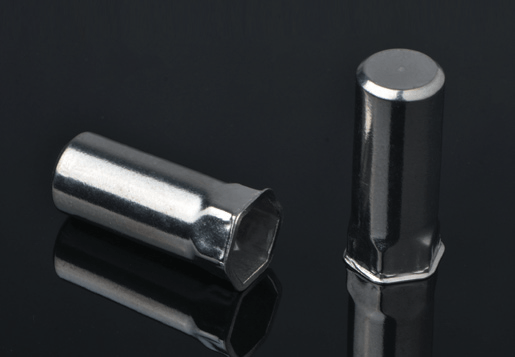
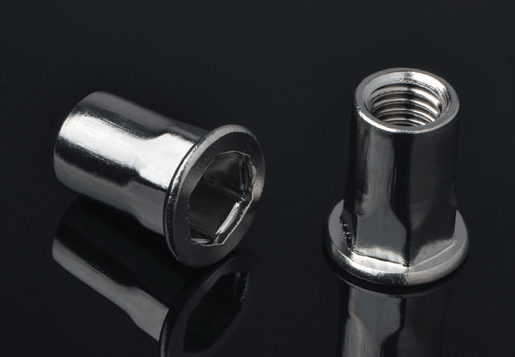
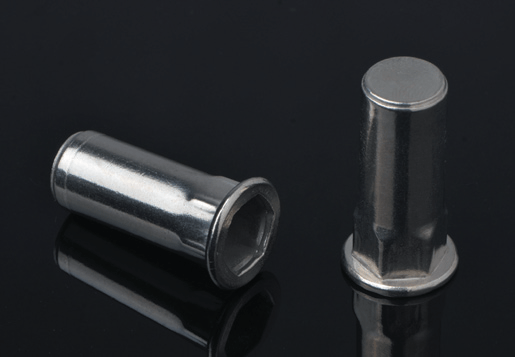
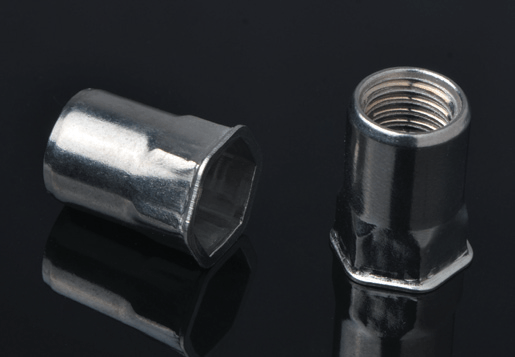
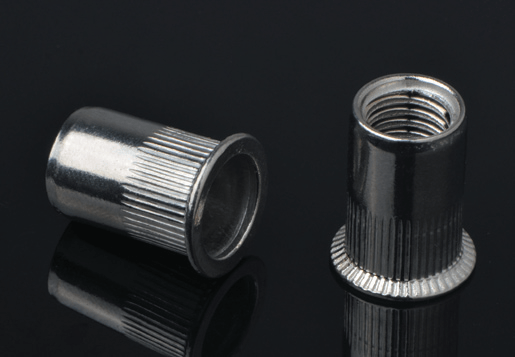
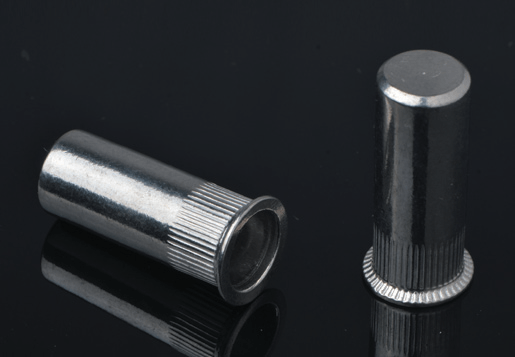

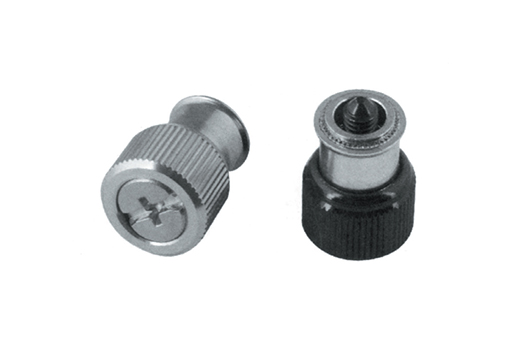
 +(86)-133 8863 9264
+(86)-133 8863 9264